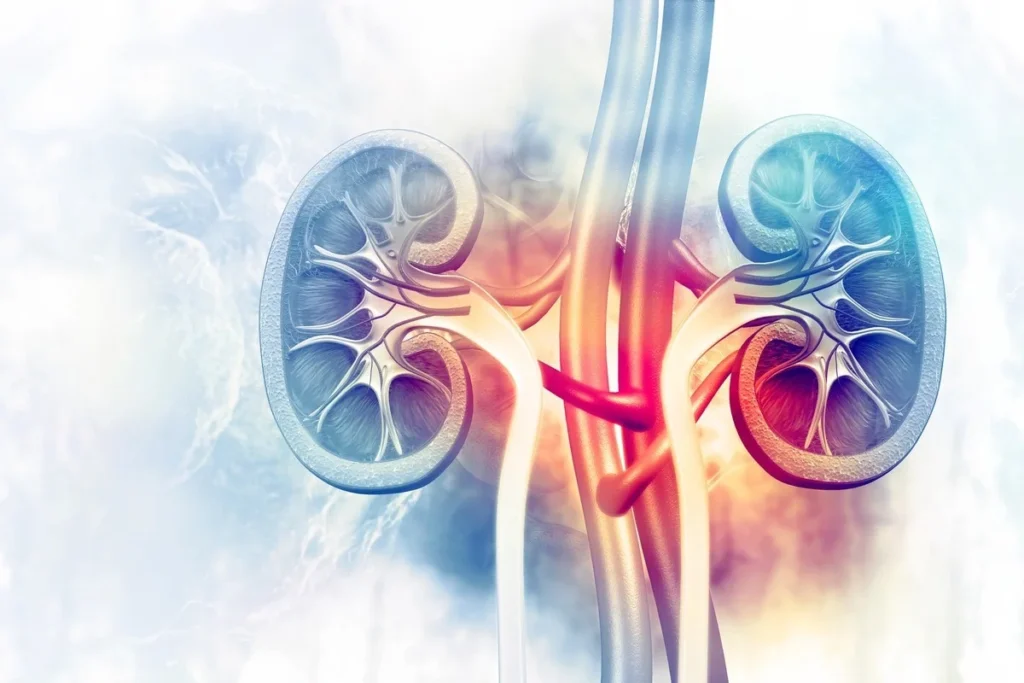Contrast media-induced nephrotoxicity (CIN) is a critical concern in modern medical imaging, particularly during procedures that require the use of iodinated contrast agents. This condition, also referred to as contrast-induced acute kidney injury (AKI), can have severe consequences if not carefully managed. Preventing CIN is of paramount importance for both patient safety and optimal clinical outcomes. In this article, we will delve into the prevention strategies, risk factors, and management approaches to minimize the impact of contrast media-induced nephrotoxicity.

Understanding Contrast Media-Induced Nephrotoxicity (CIN)
Contrast media-induced nephrotoxicity is a form of kidney damage that occurs after the administration of contrast agents, particularly iodinated contrast media. CIN typically manifests as a sudden decline in renal function, marked by an increase in serum creatinine levels within 48 to 72 hours post-procedure. The condition is particularly concerning because it can progress to chronic kidney disease (CKD) or even kidney failure in some cases.
Key Pathophysiology of CIN
The primary mechanism behind CIN involves the renal tubules’ exposure to high concentrations of contrast agents, leading to endothelial cell dysfunction, oxidative stress, and inflammation. This combination of factors can result in renal vasoconstriction, hypoxia, and tubular cell apoptosis, all of which contribute to the development of kidney injury.
Risk Factors for Contrast Media-Induced Nephrotoxicity
Identifying patients at risk for CIN is crucial for the implementation of preventative measures. Several factors have been identified as strong predictors of contrast-induced nephropathy.
1. Pre-existing Kidney Disease
Patients with chronic kidney disease (CKD) or a history of renal impairment are at significantly higher risk for developing CIN. The reduced glomerular filtration rate (GFR) in these individuals impairs the clearance of contrast media, increasing the likelihood of kidney injury.
2. Diabetes Mellitus
Diabetic patients, particularly those with poorly controlled blood sugar levels, have an increased risk of CIN. Diabetes accelerates the development of vascular damage, which compromises renal blood flow and enhances the nephrotoxic effects of contrast media.
3. Advanced Age
Older patients, particularly those over the age of 70, are more susceptible to CIN due to a combination of reduced renal function, comorbidities, and polypharmacy. Age-related renal decline can make it harder for the kidneys to clear contrast agents efficiently.
4. Dehydration and Hypovolemia
Dehydration or low blood volume can exacerbate renal hypoperfusion, which in turn increases the risk of CIN. Adequate hydration is crucial for patients undergoing contrast-enhanced imaging procedures.
5. High Doses of Contrast Media
Higher volumes or concentrations of contrast media are associated with an increased risk of nephrotoxicity. It is essential to minimize contrast doses whenever possible, especially in high-risk individuals.
Preventive Strategies for Contrast Media-Induced Nephrotoxicity
Preventing CIN involves a multifaceted approach, incorporating risk assessment, hydration strategies, pharmacological interventions, and careful monitoring.
1. Pre-Procedure Risk Assessment
Prior to any imaging procedure requiring contrast media, it is essential to assess the patient’s renal function, comorbidities, and other risk factors. A thorough history and assessment of serum creatinine and eGFR (estimated glomerular filtration rate) can help stratify patients based on their risk for CIN. In high-risk patients, alternative imaging techniques should be considered.
2. Hydration Therapy
Adequate hydration is one of the most effective preventive measures against CIN. Both intravenous (IV) and oral hydration can help flush contrast agents from the kidneys and reduce the risk of renal injury. For high-risk patients, IV hydration with isotonic saline or sodium bicarbonate is recommended before and after the procedure to maintain optimal renal perfusion.
- IV Fluid Administration: A bolus of 500 mL of saline or sodium bicarbonate solution should be administered 30 minutes before contrast exposure and continued for several hours post-procedure.
- Oral Hydration: In cases where intravenous access is not feasible, patients should be instructed to drink adequate fluids before and after the procedure.
3. Minimizing Contrast Dose and Using Low-Osmolar Agents
Limiting the volume of contrast media used is crucial in reducing the risk of CIN. The use of low-osmolar contrast agents has been shown to significantly reduce the incidence of nephrotoxicity. These agents are less likely to cause renal vasoconstriction and cellular injury, making them a safer choice for patients at risk.
4. Pharmacological Interventions
Several pharmacological agents have been studied for their potential to reduce the risk of CIN. These include:
- N-Acetylcysteine (NAC): NAC is an antioxidant that has been shown to reduce oxidative stress and inflammation in the kidneys. Although its efficacy is debated, NAC is often used as a preventive measure in high-risk patients.
- Statins: Some studies suggest that statins may have a protective effect on the kidneys, particularly in patients with diabetes and CKD. However, further research is needed to confirm their role in CIN prevention.
- Adenosine Receptor Antagonists: Agents such as theophylline may improve renal blood flow and reduce the vasoconstrictive effects of contrast media.
5. Close Monitoring of Renal Function
Post-procedure monitoring of renal function is critical, particularly in high-risk patients. Serum creatinine levels and eGFR should be closely monitored for 48 to 72 hours after contrast administration to detect early signs of CIN. If renal impairment is detected, prompt intervention is necessary.
Management of Contrast Media-Induced Nephrotoxicity
If CIN develops, early detection and appropriate management are essential to prevent further renal damage. The primary approach includes:
- Discontinuation of Nephrotoxic Agents: Any medications that could exacerbate kidney injury should be discontinued, including non-steroidal anti-inflammatory drugs (NSAIDs) and certain antibiotics.
- Renal Replacement Therapy: In severe cases of CIN, renal replacement therapy such as hemodialysis may be required to support kidney function until recovery is achieved.